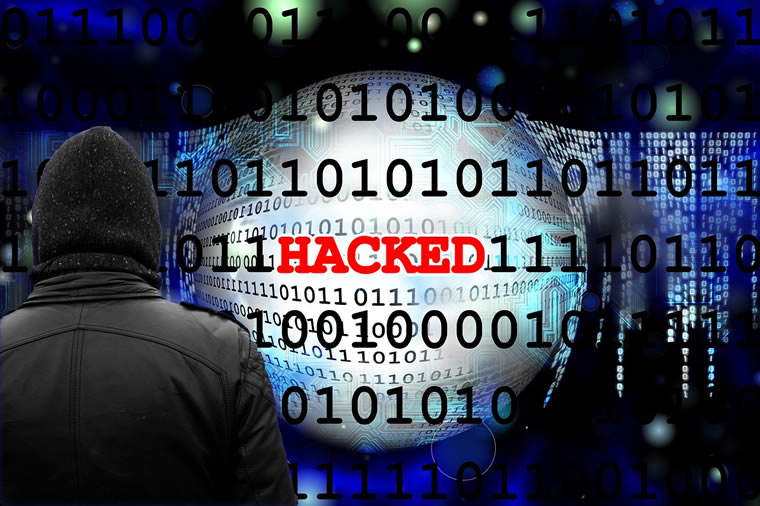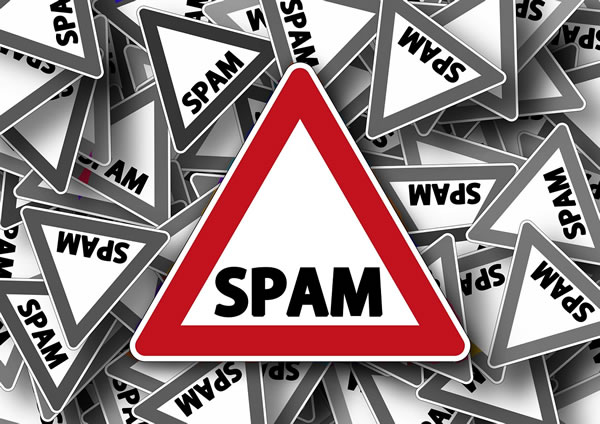5 basic tips to help mitigate the vulnerability inherent in email communications
Personal_Finance / Cyber Crime Jun 24, 2019 - 03:09 PM GMTBy: Travis_Bard
Email is one of the most vulnerable areas in any network infrastructure. Why? Because any time you send an email, it leaves one network and moves into another.
While on transit, a sniffer can read the email, or, one of the servers between sender and receiver can intercept and save the email.

As such, no email-communication can ever be 100% secure. A recent survey confirmed how undefended emails were when it noted that 91% of all cyber-attacks are traceable to a phishing email. However, there are basic steps one can take to mitigate the vulnerability.
1. Filter spam mail
Filtering spam mail is essentially your first line of defense. Spam or junk mail comprises unsolicited messages that are sent in bulk to your email address. Often, these messages contain harmful or deceptive links that once you click will either lead you to a harmful site or download malware to your computer.

Note that even if you are extremely careful with who you disclose your email address to, at some point, someone will include you in a mass email and your email address will be out there.
A spam filter either dumps all the spam emails into a junk folder or ensures they never get into the network in the first place. That way, a lot of front-line risks are eliminated. With regards to filtering, you can either use the inbuilt spam filter that comes with the service, e.g., the Gmail spam filter or find a spam filtering software and incorporate it into your email service.
2. Use anti-phishing best practices
As noted above, phishing is a huge concern. While it is impossible to fine one foolproof method of protecting oneself against phishing, there are things you can do to reduce the chances of being a victim.
- Avoid opening attachments and links from unknown sources.
- To verify a link, go to the official website and find out if they are offering what the link says they are.
- Never enter any personal or sensitive information in a pop-up screen. Even if you think the email is legitimate, go to the official website and log in from there. Also, keep in mind that legitimate organizations never ask for personal details via popups.
- Use a phishing filter. A phishing filter is a software you can use with your email service, and it helps in filtering out any suspicious emails. A phishing filter can either place the email in a special inbox or strip the email of all links and attachments.
3. Opt for plain text over full XTHML or HTML
Depending on a particular setting or the email provider you are using; you can view your emails either in plain-text format or HTML. The plain-text format is pretty much regular text which lacks formatting such as bold, italics, or any other special layout option.
HyperText Markup Language or HTML describes how an email template or website is coded to allow special formats and images.
By choosing to plain text over HTML, you reduce the chances of malicious people targeting you via a phishing attack or any other kind of attack because you will not be able to see the images that might entice you to click on a suspicious link.
4. Encrypt your email traffic using a VPN
Encryption is probably one of the most essential tips when it comes to email security basics. By default, most email providers secure email communications using the Secure Socket Layer (SSL) protocol and Transport Security Layer (TSL) protocol.
These two protocols encrypt the email traffic between your computer and the email server, for instance, between your computer and the Gmail server. However, as soon as the email leaves the server and it is on transit to the recipient, it is unencrypted. That is where VPN encryption comes in.
A Virtual Private Network creates a secure connection over any network, including the public internet. It encrypts any outgoing data before transmission and only allows decryption at the authorized destination.
Consequently, malicious persons who wait for emails to be in transit to intercept them are unable to do so. Keep in mind that aside from a VPN, you can use a dedicated email encryption software such as PGP, although it will not be as comprehensive as a VPN.
5. Use strong passwords and multi-factor authentication
Strong passwords protect your email account from hackers. Normally, hackers will utilize brute force to try and crack passwords. Brute force involves trying or guessing different passwords until one lands at the right one.
The more intricate the password, the harder it is to guess. Go for long, random, and unique passwords for all your accounts.
Multi-factor authentication involves using more than one method to authenticate the user. That means in addition to a regular password; a one-time code is sent to a device, e.g., a phone. One must then submit this code before access is allowed.
Final word
Other basic tips that you can keep in mind include attachment scanning software and switching to secure email providers instead of free ones. However, the five discussed are the most essential.
By Travis Bard
This is a paid advertorial.
© 2019 Copyright Travis Bard - All Rights Reserved Disclaimer: The above is a matter of opinion provided for general information purposes only and is not intended as investment advice. Information and analysis above are derived from sources and utilising methods believed to be reliable, but we cannot accept responsibility for any losses you may incur as a result of this analysis. Individuals should consult with their personal financial advisors.
© 2005-2022 http://www.MarketOracle.co.uk - The Market Oracle is a FREE Daily Financial Markets Analysis & Forecasting online publication.



